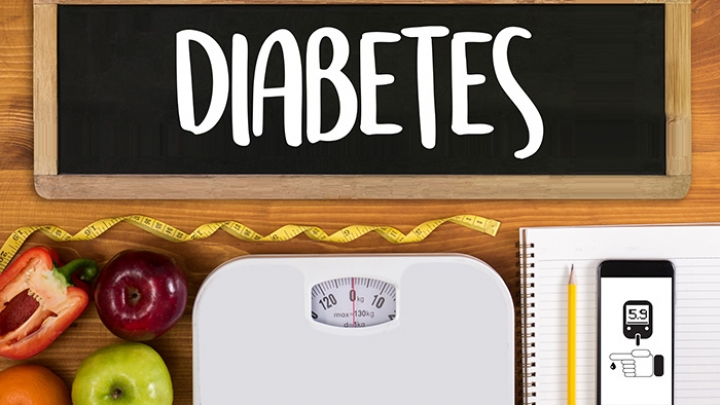When our bodies are humming along smoothly, we rarely think about all the complex processes that are going on. But when we don’t feel so hot and can’t perform our usual activities, we want to know what’s the problem and how it can be fixed.
Type 1 diabetes
Type 1 diabetes is an autoimmune disease. Something triggers the body to mount an immune system attack against itself, in the same way the immune system normally attacks harmful bacteria and viruses.
In type 1 diabetes:
- The immune system begins to produce antibodies that attack and destroy the beta cells in the pancreas. Beta cells make insulin (a hormone that manages glucose).
- As the number of beta cells decreases, the amount of insulin produced also decreases.
- Eventually, little or no insulin is produced.
The good news is that the immune system attack doesn’t affect the body’s ability to respond to insulin. That’s why people with type 1 diabetes can make up for the lack of insulin production by injecting insulin into their bodies daily.
Type 2 diabetes
Type 2 diabetes is caused by insulin resistance (reduced sensitivity of the body’s cells to insulin) and the inability of the pancreas to make enough insulin to overcome it.
- Insulin resistance is when your pancreas must make more insulin because your body needs more insulin to transport glucose (sugar) into your cells.
- If you have insulin resistance, your cells don’t respond normally to insulin. Usual amounts of insulin fail to help glucose into the resistant cells as fast as it would into normal cells.
- Glucose accumulates in the blood, and the higher levels are noticed by the beta cells in the pancreas.
- In response, they crank out more insulin. Sometimes the increased amounts are enough to move glucose into the resistant cells and lower glucose levels to normal.
- But unless the resistance is reduced and cells begin responding normally, the pancreas must increase its production of insulin long-term, with every meal.
- Changes in behavior and other efforts can decrease resistance.
- More typically, resistance increases, and the pancreas eventually can no longer keep up with the increasing demand for insulin.
- Glucose will then start to build up in the bloodstream regularly, and the patient is diagnosed with type 2 diabetes.
People who have early signs of type 2 diabetes are often told by their doctors to change behaviors:
- Make dietary changes
- Weight loss
- Exercise
These efforts can help reduce insulin resistance. If these lifestyle measures are not sufficient to control blood glucose, the next step is diabetes medication, given either orally or by injection. Over time, many people find that such medications no longer control their blood sugar appropriately, and insulin injections are then required to do so.
To sum up, type 1 diabetes is an autoimmune disease that needs to be treated with insulin injections. Type 2 is when your body stops responding to the insulin you do create. This can often be fixed with a diet, exercise, and medication. But if your type 2 diabetes is not well managed, you may need insulin injections.

